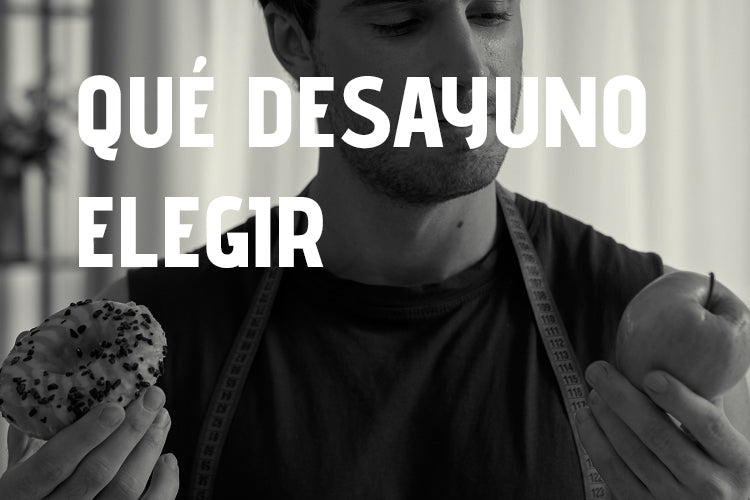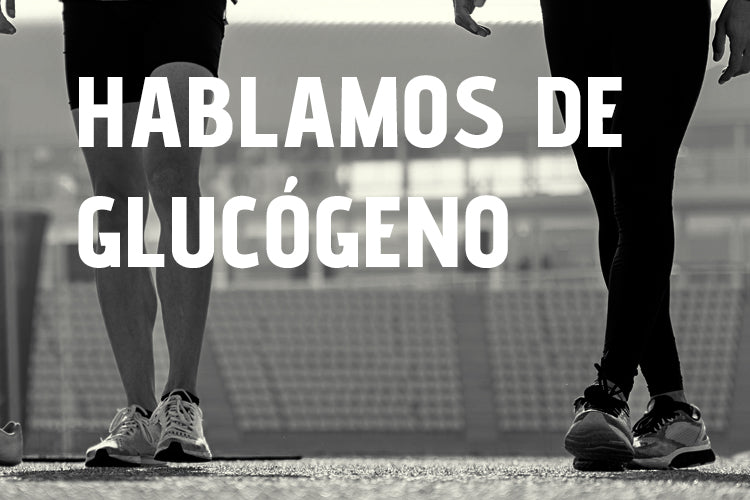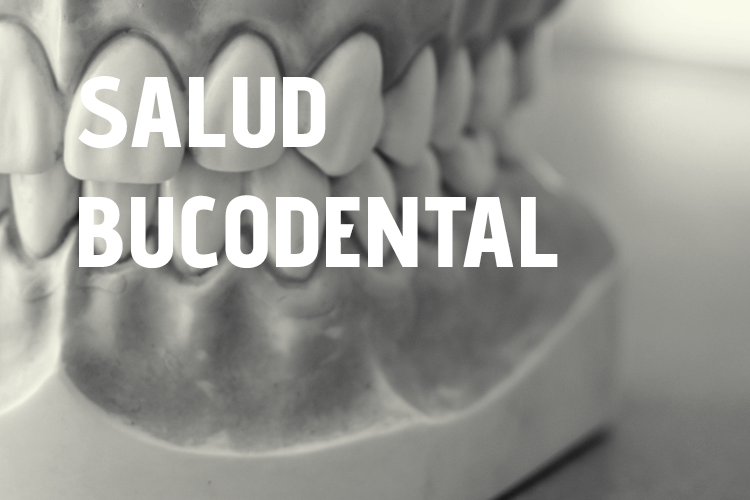Breakfast has always been said to be the most important meal of the day.
But science does not say this,
After reading this, you might think we're going to explain how our bodies work, our ancestors, and how important fasting is for our health. But don't worry, because we won't bore you with false beliefs and biased, poorly planned studies. We're simply going to explain why you should choose one food over another based on your training intensity and duration.
Before I begin to explain the first differences between intense and light workouts.
We'd like to explain how the human body and its different energy pathways work when we exercise.
When we exercise, the human body is an energy-gathering and energy-burning machine.
The muscle decides which type of energy system to use based on various factors, among which the intensity of the exercise stands out (or, in other words, the rate at which ATP, the energy currency, needs to be replenished). Therefore, under physiological conditions, we assume that the sole participation of one of these systems is practically impossible. In reality, a mixed metabolism occurs, in which one type of energy system predominates over the others, depending on the characteristics of the physical exercise being performed at any given time (Chicharro and Vaquero, 2006).
Next, we'll explain how the body's various energy production systems interact to transfer energy during rest and during physical exercise at different intensities.
PHOSPHAGEN SYSTEM (ATP-PCr)
It's the system we use to obtain energy more immediately during short, high-intensity exercises. For example:
10 to 100 meter dash
100-meter swimming race
Any explosive activity in the first 3 to 10 seconds
According to Katch (2015), each kg of skeletal muscle stores approximately 5 mmol of ATP and 15 mmol of PCr.
For a person with 30 kg of muscle mass, this is equivalent to about 570 to 690 mmol of phosphagens.
If physical exercise activates 20 kg of muscle mass, the energy stored in these phosphagens could allow a brisk walk for 1 minute, a slow run for 20 to 30 seconds, or a sprint or swim at full speed for 6 to 8 seconds.
For all these reasons, in the 100-meter athletics race, the amount of intramuscular phosphagens substantially influences maximum energy production over very short periods of time.
That's why explosive athletes typically have larger muscles.
GLYCOLYTIC SYSTEM
Glucose allows us to obtain energy under both aerobic and anaerobic conditions; that is, it is the only substrate the cell can use to obtain energy with or without the presence of oxygen. This process of obtaining energy through the breakdown of glucose is called glycolysis.
ANAEROBIC LACTIC GLYCOLYSIS
Anaerobic glycolysis only generates about 5% of the total energy obtained after the complete degradation of the glucose molecule.
Examples of activities that rely heavily on the energy generated during rapid glycolysis include the acceleration (final sprint) at the end of a mile race, a 50- and 100-mile swim, or even a crucial and decisive activity in sports characterized by numerous sprints, such as field hockey, rugby, or soccer. Or even the final sprint of a stage of the Tour de France.
OXIDATIVE OR AEROBIC SYSTEM
This energy system has a moderate degree of energy production and requires the presence of oxygen.
However, its capacity to produce energy is unlimited since it uses blood glucose, fatty acids and proteins as substrate or chemical fuel.
The most characteristic efforts or activities in which this system is predominant are, for example:
middle-distance races (5,000-10,000 meters), marathons, trails, triathlons, open water swimming, team sports, certain combat sports, etc.
Now that you know the types of energy systems we have in our bodies, we'll explain why you should eat certain foods for breakfast, depending on which energy system you want to prioritize during your workout and thus be more efficient.
BREAKFASTS FOR LIGHT DAYS
On days when we train lightly, we always believe that going into a two-hour workout at a light intensity on an empty stomach will improve our metabolism and make us more efficient at burning fat.
I'm sorry to tell you that this is not entirely true.
When we exercise at low intensity, our primary energy system is activated, primarily by fatty acids. However, this doesn't mean we don't continue to activate other pathways, such as the glycolytic or oxidative system, through carbohydrates.
It is true that science claims that high carbohydrate consumption during exercise promotes the use of carbohydrates when we exercise, but this has a limit.
And the limit is to have a balance.
As you know, the human body is a perfect machine; it's constantly undergoing osmosis to maintain stability in all physiological aspects. Therefore, if the body fasts without eating anything at all during two hours of light exercise, the fatigue generated by it will be much greater than if we didn't consume a low but necessary amount of carbohydrates during exercise.
And here comes the question that all the athletes who have been and come to my office always ask me...
And what is the ideal amount to generate metabolic benefits from fats without causing so much fatigue in this type of training?
And the answer is always the same: during light/fasting workouts, we should consume around 20 to 40 grams of carbohydrates per hour to avoid extreme fatigue and without harming the goal we have in this type of training, which is to be more metabolically efficient.
An example would be
2 slices of white bread
40 grams of avocado or 10 grams of extra virgin olive oil
40g of turkey or a lean protein
We would mainly have 60% fats, 20% proteins and 20% carbohydrates.
As you can see, the amount of carbohydrates is not completely eliminated, but it is greatly reduced compared to other types of breakfast.

BREAKFASTS ON BUSY DAYS
On busy days our breakfast changes completely.
During exercise, we will consume carbohydrates in a ratio of 1:0.8, and in quantities appropriate to our level of assimilation, intensity, and duration of exercise.
For breakfast, we will prioritize foods rich in simple carbohydrates, reducing fats and proteins.
A clear example, widely used during series days, is:
2 to 3 slices of white bread
40 grams of jam
70 grams of fresh cheese
The idea in this type of training is to reach maximum muscle glycogen reserves, and this is achieved by eating foods rich in simple carbohydrates hours before training.

And as we know there will be many athletes who, after reading this entire guide, will want to know the right amounts of food for each training session.
We leave you a very clear image below where you can see how much carbohydrates to ingest depending on the hours before intense training.
If it were light training, it would be to reduce the amount by half.





Leave a comment
This site is protected by hCaptcha and the hCaptcha Privacy Policy and Terms of Service apply.